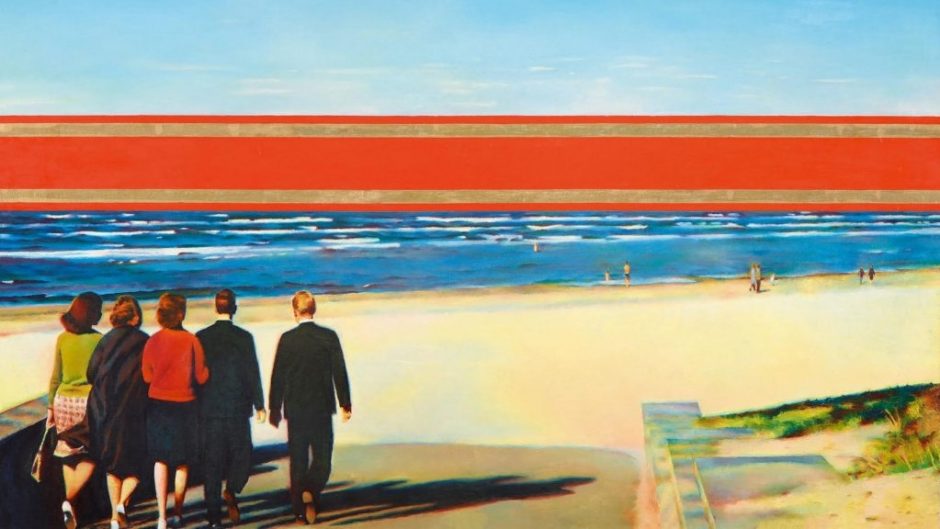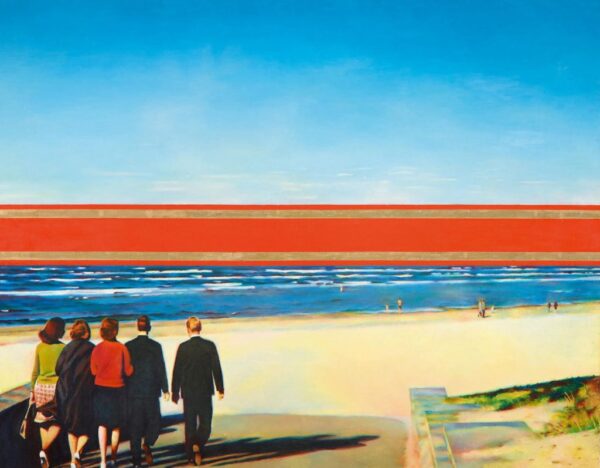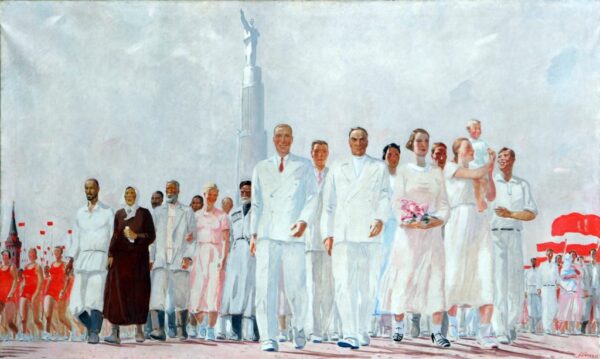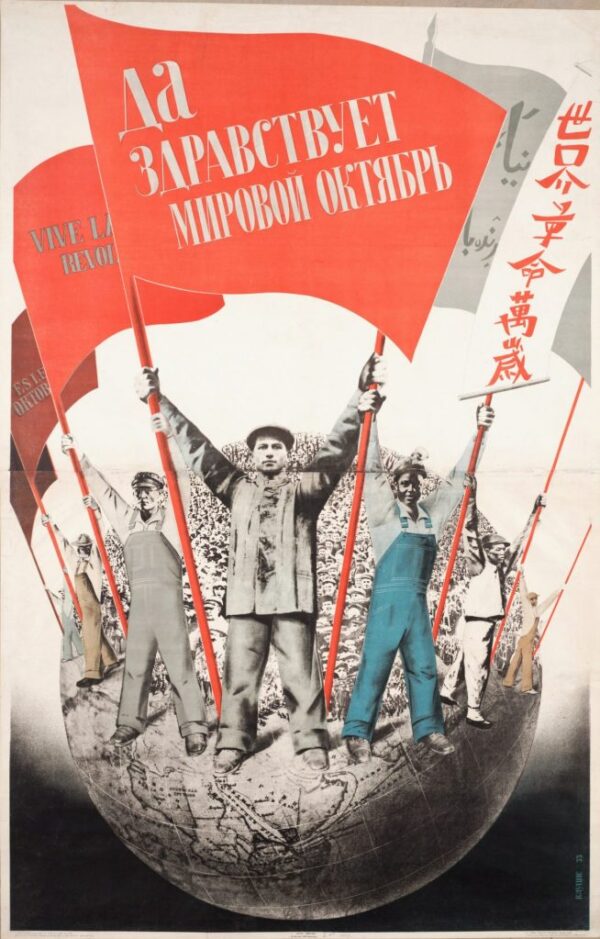Since the October Revolution, Soviet culture has been interpreted through the lens of revolutionary transformation, internationalism, Stalinist isolation, Cold War tensions, the disintegration of the Soviet Union, and the more recent nationalist turn in Putin’s Russia. The full-scale invasion of Ukraine on 24 February 2022 is a rupture point of existing historical narratives. This course will critically reassess the history of the Soviet Union and the Russian Federation as an imperial project, whilst situating Soviet and Post-Soviet art in the context of global artistic processes. Geographically, covering the far reaches of Soviet Russia from Europe to Asia, it will extend to parts of the world where the Soviet Union had geopolitical influence and ambitions: Central Asia and the Caucasus, Europe, Asia, Africa, and the Americas. At the core of our methodology is the examination of the postcolonial and decolonial narratives of the Russo-Soviet imperial projects and Soviet multinationalism.
The course will investigate modern and contemporary artists from the former Soviet Union, contemporary Russia, South Caucasus, and Central Asia, as well as Mongolia. We will study artworks and artists across cultural and geographical boundaries, focusing in particular on how they negotiated and resisted imperialist narratives that subjugated and oppressed local identities and cultures. We will also consider their integration into global developments through travel, emigration, or deliberate cultural export, as well as look at those artists who visited the Soviet Union. Moving away from Russo-centric and hegemonic definitions of Soviet identity tied to statehood or geographical borders, this course will reframe Soviet art as polyethnic and multinational. We will interrogate the production of imperialist myths and consider how changing ideologies led to the re-assessment of artistic production during the late Imperial, Soviet, Stalinist, late Soviet, and post-Soviet periods. The course seeks to question recurring leitmotifs in Soviet art and culture more broadly, such as utopia, propaganda, spectacle, and the collective in relation to contemporaneous discourses of Marxism, modernity, internationalism, anti-imperialism and mass culture. Our material will span from late Imperial Russia to the Cold War and our anxious global contemporary moment, in order to reveal the forces behind artistic change, resistance, complicity and decolonisation at a time of war.
The course usually includes a study trip abroad pending Covid restrictions. It will interest students of contemporary and twentieth-century art history, cultural studies, critical theory, history, literature, and politics of Soviet and contemporary Russia, South Caucasus, and Central Asia, as well as Mongolia.
Course Leader: Dr Maria Mileeva
In the event that a course leader is on sabbatical, takes up a fellowship, or otherwise is not able to teach the course, they will be replaced by another experienced course leader either for a semester or, in some cases, the academic year.
Please note: whilst many Special Options will include site visits within the UK and further afield, these are subject to confirmation.









